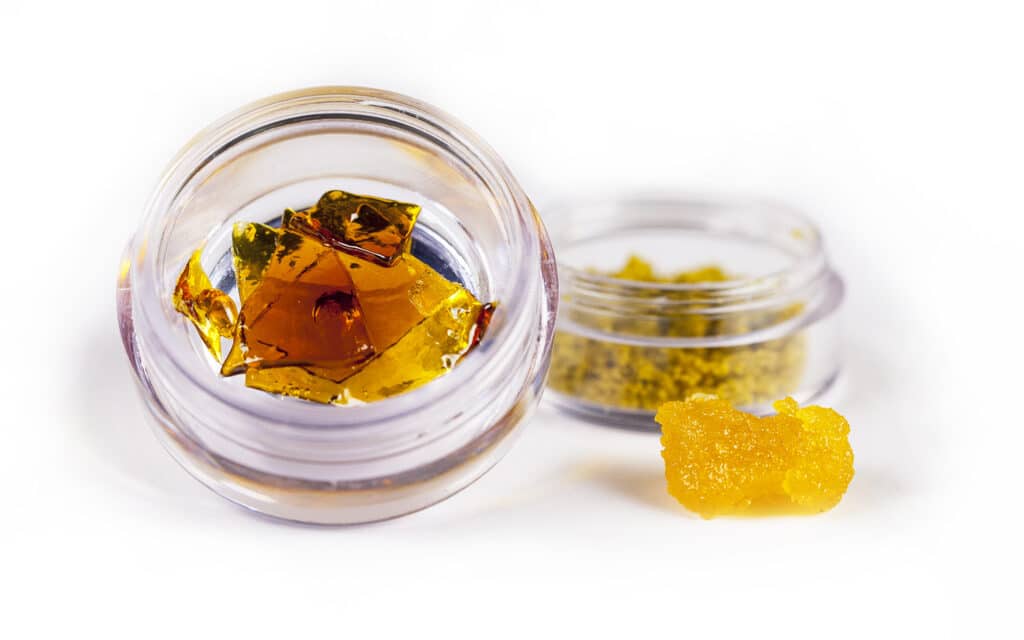Blog
Green Chemistry: How Cannabis Concentrates Are Paving the Way for Sustainable Innovations
As the cannabis industry continues to grow, a new wave of sustainable innovations is emerging within the realm of cannabis concentrates. These potent extracts, known for their therapeutic and recreational properties, are also gaining attention for their potential to promote environmentally friendly practices. In this article, we will explore how cannabis concentrates are driving the adoption of green chemistry principles and revolutionizing the way we think about sustainability in the cannabis industry.
The Environmental Impact of Traditional Extraction Methods
Traditional methods of cannabis extraction, such as solvent-based extraction using harsh chemicals like butane or propane, have raised concerns due to their significant environmental impact. These extraction methods often involve the use of volatile solvents, which can release harmful emissions into the atmosphere during the extraction process. These emissions contribute to air pollution and can have adverse effects on both human health and the environment. Additionally, the disposal of chemical solvents poses a risk to soil and water sources if not properly managed. The potential for leaks or improper disposal can lead to contamination and further environmental degradation. As the cannabis industry grows, there is a growing awareness of the need for more sustainable extraction methods that minimize environmental harm while still producing high-quality cannabis concentrates. By exploring alternative extraction techniques, the industry can reduce its carbon footprint and contribute to a more environmentally friendly approach to cannabis production.
Solventless Extraction Techniques: A Greener Approach
In recent years, the cannabis industry has witnessed a surge in the popularity of solventless extraction techniques, heralding a greener and more sustainable approach to producing cannabis concentrates. Unlike traditional methods that rely on chemical solvents like butane or propane, solventless extraction methods utilize mechanical processes, such as heat and pressure, to extract cannabinoids and terpenes from the cannabis plant. This innovative approach not only eliminates the environmental hazards associated with the use of chemical solvents but also ensures the preservation of the plant’s natural compounds, resulting in higher-quality concentrates.
Solventless extraction techniques offer several benefits in terms of sustainability. Firstly, they eliminate the need for harsh chemical solvents, reducing the potential for harmful emissions and air pollution. By relying on mechanical processes, such as heat and pressure, to break down the cannabis plant’s trichomes, solventless extraction minimizes the carbon footprint and environmental impact associated with traditional extraction methods.
Solventless extraction preserves the integrity of the plant’s natural compounds, including cannabinoids and terpenes. The absence of chemical solvents ensures that the resulting concentrates maintain their full spectrum of therapeutic and aromatic properties. This is especially important for consumers seeking high-quality products that offer the full range of benefits associated with cannabis.
The popularity of solventless extraction techniques has also paved the way for technological advancements in the industry. Innovations such as rosin presses, which apply heat and pressure to cannabis flower or hash, allow consumers and producers to create their solventless concentrates safely and efficiently. This not only empowers individuals to have greater control over their cannabis consumption but also reduces reliance on large-scale extraction facilities and their associated environmental impact.
Solventless extraction techniques contribute to the overall perception and acceptance of cannabis as a sustainable industry. By prioritizing greener approaches, cannabis companies demonstrate their commitment to environmental stewardship and responsible practices. This aligns with the growing demand for sustainable products among consumers who seek to minimize their ecological footprint.
As the cannabis industry continues to evolve, solventless extraction techniques will likely play an increasingly vital role in shaping a more sustainable future. By embracing these greener approaches, producers can meet the demands of environmentally conscious consumers while maintaining the high quality and potency of cannabis concentrates. Solventless extraction not only showcases the potential for innovation within the industry but also sets a positive example for other sectors, highlighting the possibilities for sustainable practices in an ever-expanding market.
Closed-Loop Systems: Minimizing Waste and Maximizing Efficiency
Closed-loop systems have emerged as a crucial component of sustainable cannabis concentrate production, revolutionizing the extraction process. These innovative systems enable the recycling and reuse of solvents, leading to minimized waste and a reduced environmental impact. Unlike traditional extraction methods that involve the disposal of solvents after each use, closed-loop systems allow cannabis companies to capture and recover solvents for future extractions. By doing so, they significantly decrease their resource consumption, including the amount of solvents required and the energy used in the extraction process. This closed-loop approach not only promotes environmental sustainability but also ensures product quality and consistency. By maintaining control over the solvent composition and purity, cannabis companies can produce concentrates of superior quality, free from contaminants or impurities. With closed-loop systems, the cannabis industry is embracing efficient, eco-friendly practices that prioritize waste reduction and resource conservation, setting a positive example for other industries to follow.
Waste Reduction and Upcycling: Making Every Part of the Plant Count
In the world of cannabis concentrates, waste reduction, and upcycling have become paramount in promoting sustainability. Forward-thinking companies are finding innovative ways to make every part of the cannabis plant count, ensuring that no material goes to waste. Traditionally, stems, leaves, and trim have been considered byproducts of the extraction process and are often discarded. However, with a shift towards sustainability, these “waste” materials are now being repurposed to create a range of additional products. Companies are transforming cannabis plant matter into topicals, such as balms and lotions, harnessing the plant’s beneficial properties for skincare and wellness applications. Additionally, these leftover materials can be utilized in the production of edibles, allowing for the creation of infused snacks or beverages that offer unique flavors and effects. Furthermore, some companies are exploring the potential of using cannabis waste for sustainable packaging materials, reducing reliance on single-use plastics. By embracing waste reduction and upcycling, cannabis concentrate producers are not only minimizing their environmental impact but also maximizing the value and potential of the cannabis plant. This holistic approach ensures that every part of the plant is utilized, contributing to a more sustainable and resource-efficient industry.
Unleashing the Power of Green Chemistry
The evolution of cannabis concentrates is not only revolutionizing the way we experience cannabis but also driving significant advancements in sustainability. Through solventless extraction techniques, closed-loop systems, and waste reduction strategies, the industry is embracing green chemistry principles and working towards a more sustainable future. As consumers, we have the power to support these eco-conscious practices by choosing products from companies that prioritize sustainability. By embracing green chemistry, the cannabis industry is setting an example for other sectors and demonstrating that it’s possible to enjoy the benefits of cannabis while protecting our planet.


